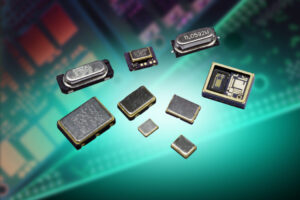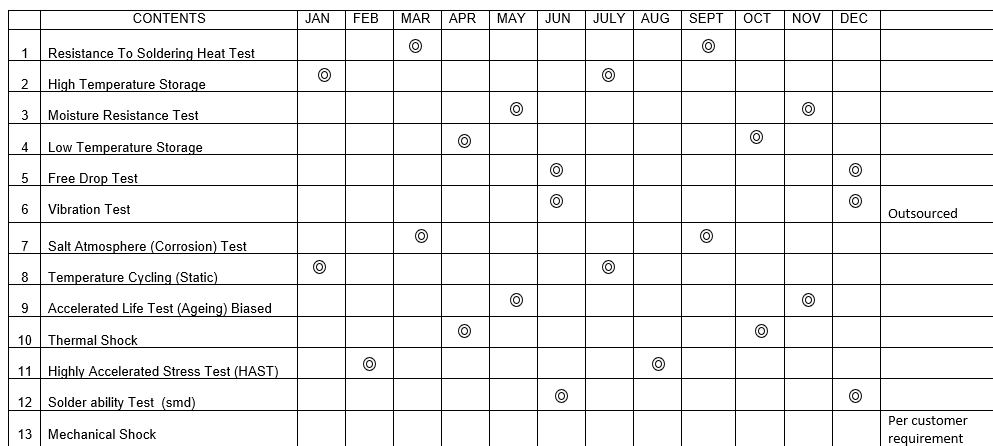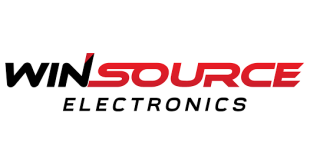 Buyers faced with sourcing quartz crystals for automotive electronics might be tempted to think that the answer to the above question “is not very much”. On the surface, the components all look the same and they all perform the same function. However, there are some major differences that are important to ensure a crystal performs to specification in the unique environmental conditions encountered in the automotive sector.
Buyers faced with sourcing quartz crystals for automotive electronics might be tempted to think that the answer to the above question “is not very much”. On the surface, the components all look the same and they all perform the same function. However, there are some major differences that are important to ensure a crystal performs to specification in the unique environmental conditions encountered in the automotive sector.
Before discussing automotive crystals we need to consider the quality approvals relating to automotive components in general.
Prior to 1999, QS9000 and VDA 6.X were the quality approvals required by the automotive sector. These have largely been superseded by IATF16949.
This latest quality standard is based on ISO9000 and is specifically tailored to automotive applications. In many ways, it is like the AS9100 certification scheme for the aerospace industry.
What difference does this make?
The standard sets out how the manufacturer’s QMS should operate, what testing levels are required and how documentation is controlled and retained. The systems contain such things as Design Failure Mode and Effect Analysis (DFMEA), a systematic approach used to recognise and evaluate potential systems, product or process failures.
Regular reliability testing is essential, as well as record retention for all parts of the process and this is combined with a detailed control of all materials at the heart of the systems.
Below is an example of a reliability testing programme that is undertaken on a product by product basis. Not only does it monitor the product performance but also the production process quality.
In order to achieve this, supplier qualification and monitoring also become very important elements in the production process.
Many automotive manufacturers require the use of the Product Part Approval Process (PPAP), a standardised process in the automotive and aerospace industries that helps manufacturers and suppliers communicate and approve production designs and processes before, during and after manufacture. This type of release can be one of five levels depending on the application itself and customer requirements.
When it comes to automotive approved crystals, it can be seen that the quality level required is extremely high with traceability, reliability and resilience essential elements.
This is what makes the difference from standard industrial grade crystals which may be of good quality, but are not subjected to the same level of testing.
In some applications where high shock is a potential problem, manufacturers have introduced modified crystal mounting structures that also differentiate them from standard crystals.
Automotive approval ensures that these crystals are guaranteed for the application and are high reliability components in a cost-sensitive sector. For this reason, high volume production capabilities and significant investment in automated processes are required by the crystal manufacturer.
To answer the original question, the difference between an automotive approved quartz crystal and an industrial equivalent is the level of traceability, reliability and qualification testing that are demanded by the automotive industry.
EUROQUARTZ LAUNCHES NEW ULTRA-LOW PHASE NOISE CRYSTAL OSCILLATORS FOR AUTOMOTIVE APPLICATIONS
Frequency control specialist, Euroquartz has launched a new range of surface mount ultra-low phase noise crystal oscillators designed for use in automotive applications.

Offering wide operating temperature range from -40 to +125°C, the new XOY series automotive crystal oscillators feature superior phase noise performance of -155dBc/Hz at 10kHz and -160dBc at 100kHz offset. Femtosecond integrated phase jitter is 150fs typical (12kHz to 20MHz) and frequencies available range from 1.25 to 50MHz.
The new automotive grade components are housed in a 3.2 x 2.5mm surface mount package with supply voltages of 1.8, 2.5 and 3.3V (±10%) available. Additional specifications include 15pF LVCMOS load, rise time of 10ns maximum, start-up time of 5ms maximum and tri-state function as standard. Current consumption is 2.0 to 6.0mA maximum depending on supply voltage and frequency. Ageing is ±2ppm maximum for first year. Solder profile is 260°C max.
Euroquartz is an independent UK-based manufacturer and supplier of quartz crystals, oscillators, filters and frequency-related products to the electronics manufacturing industry worldwide. The company is AS9100 registered and designs and manufactures a comprehensive range of frequency control components for a wide range of customers including major OEMs covering a broad spectrum of applications including defence and aerospace, communications, general electronics, computing, control systems and petrochemical among many others.
For more information, please contact: Andy Treble, Euroquartz Ltd, Blacknell Lane Industrial Estate, Crewkerne, Somerset, TA18 7HE. Tel: 01460 230000, Fax: 01460 230001.
e-mail: sales@euroquartz.co.uk
Web: www.euroquartz.co.u
 CIE Components in Electronics
CIE Components in Electronics


